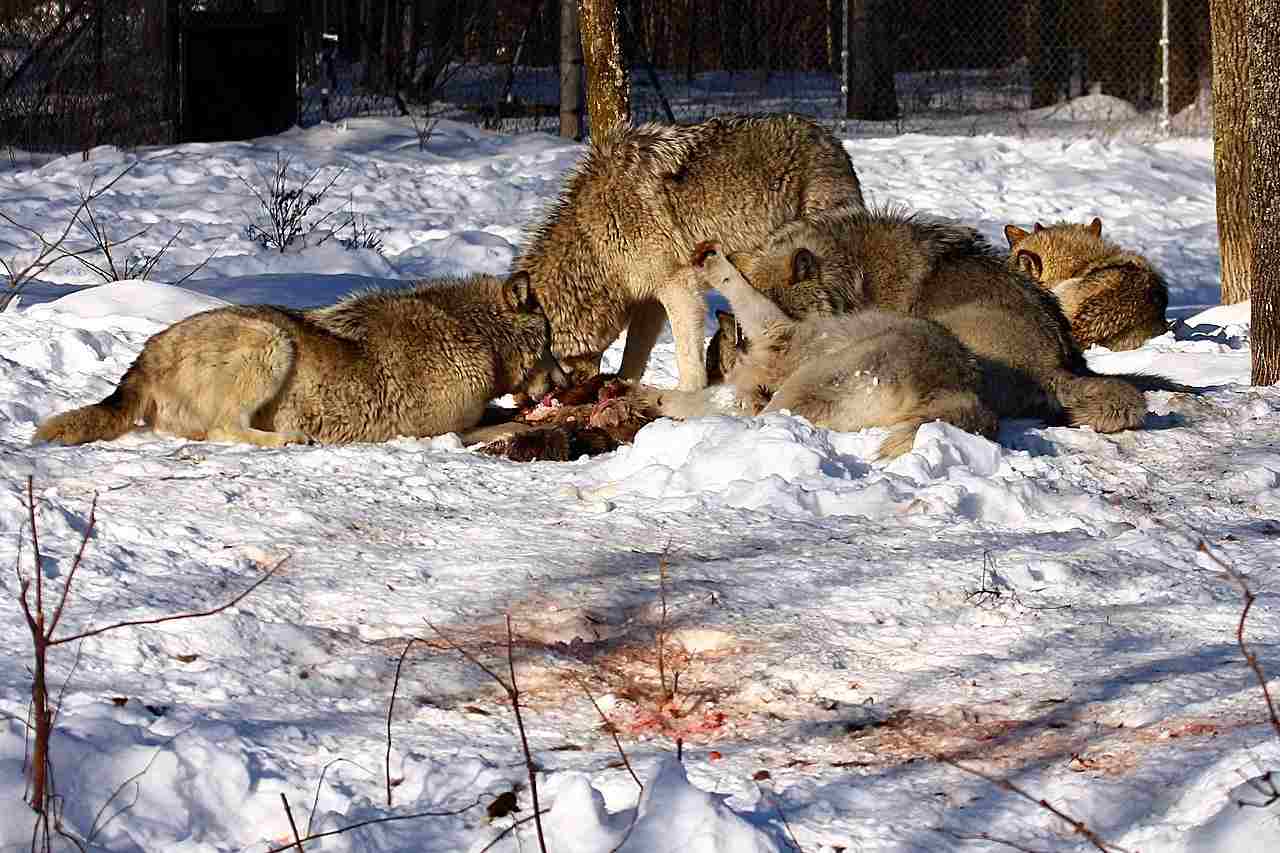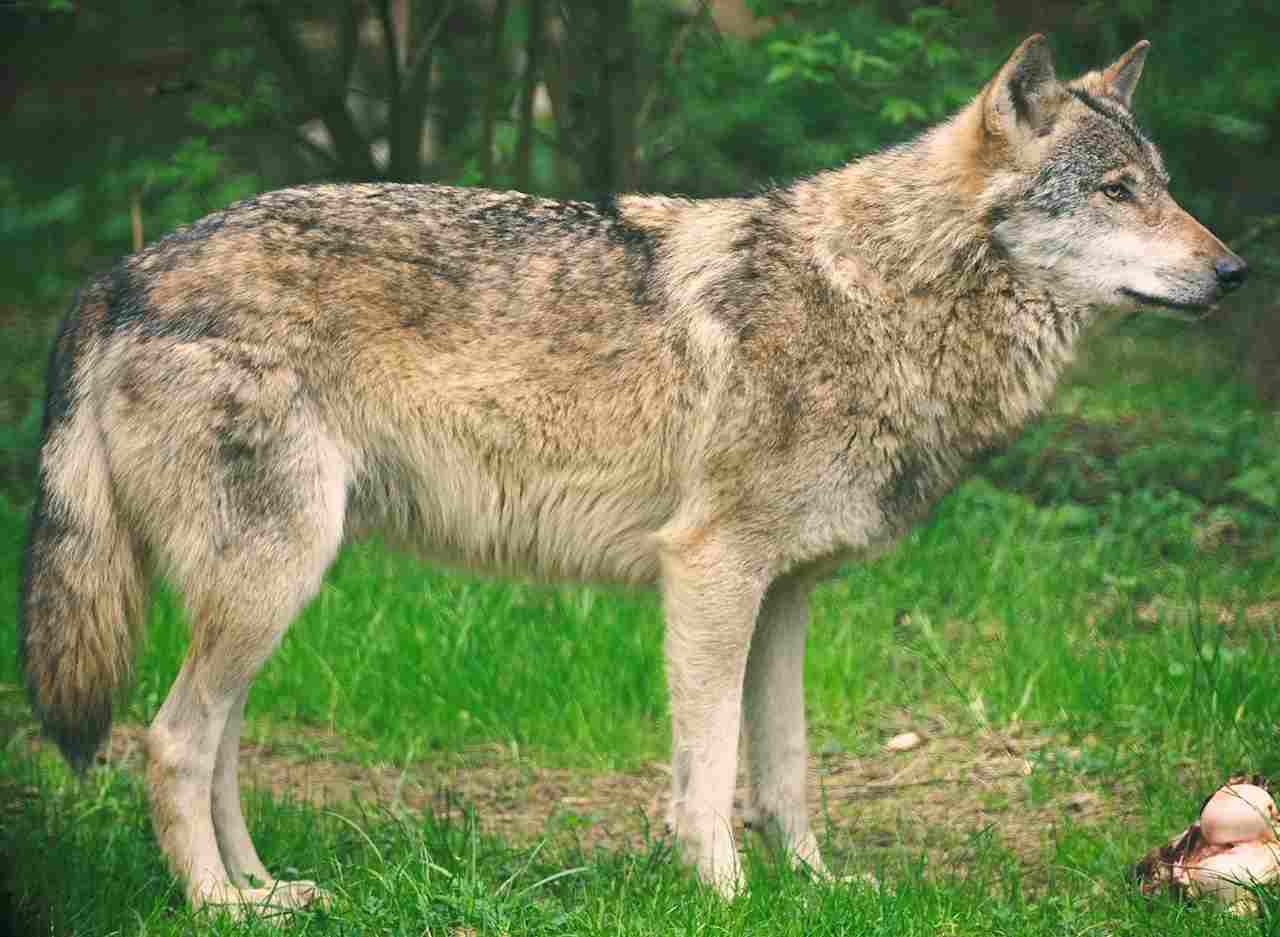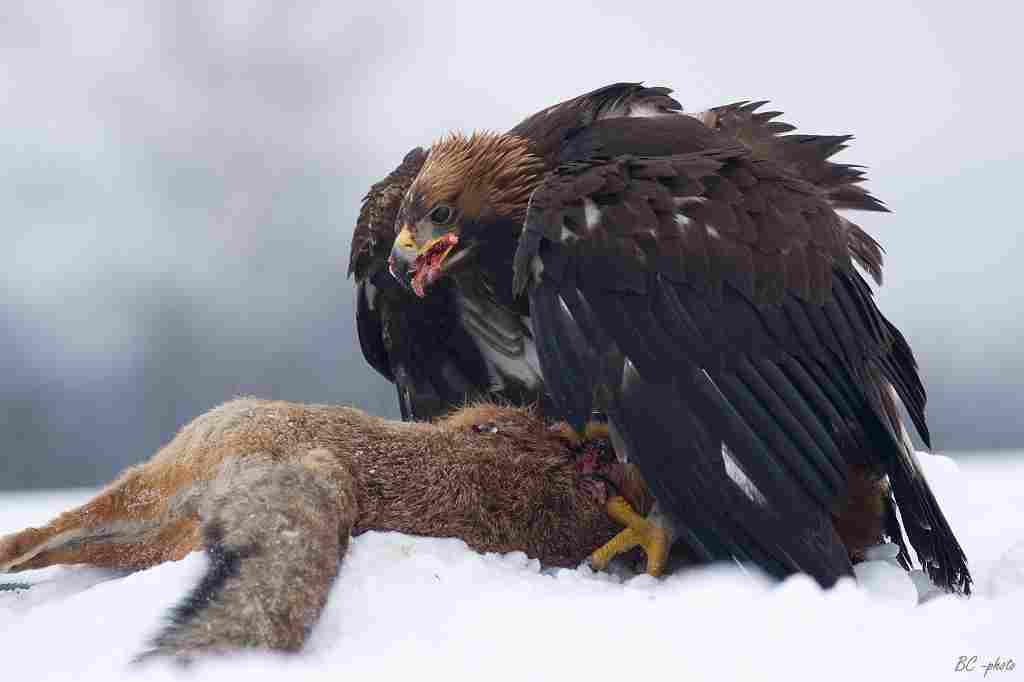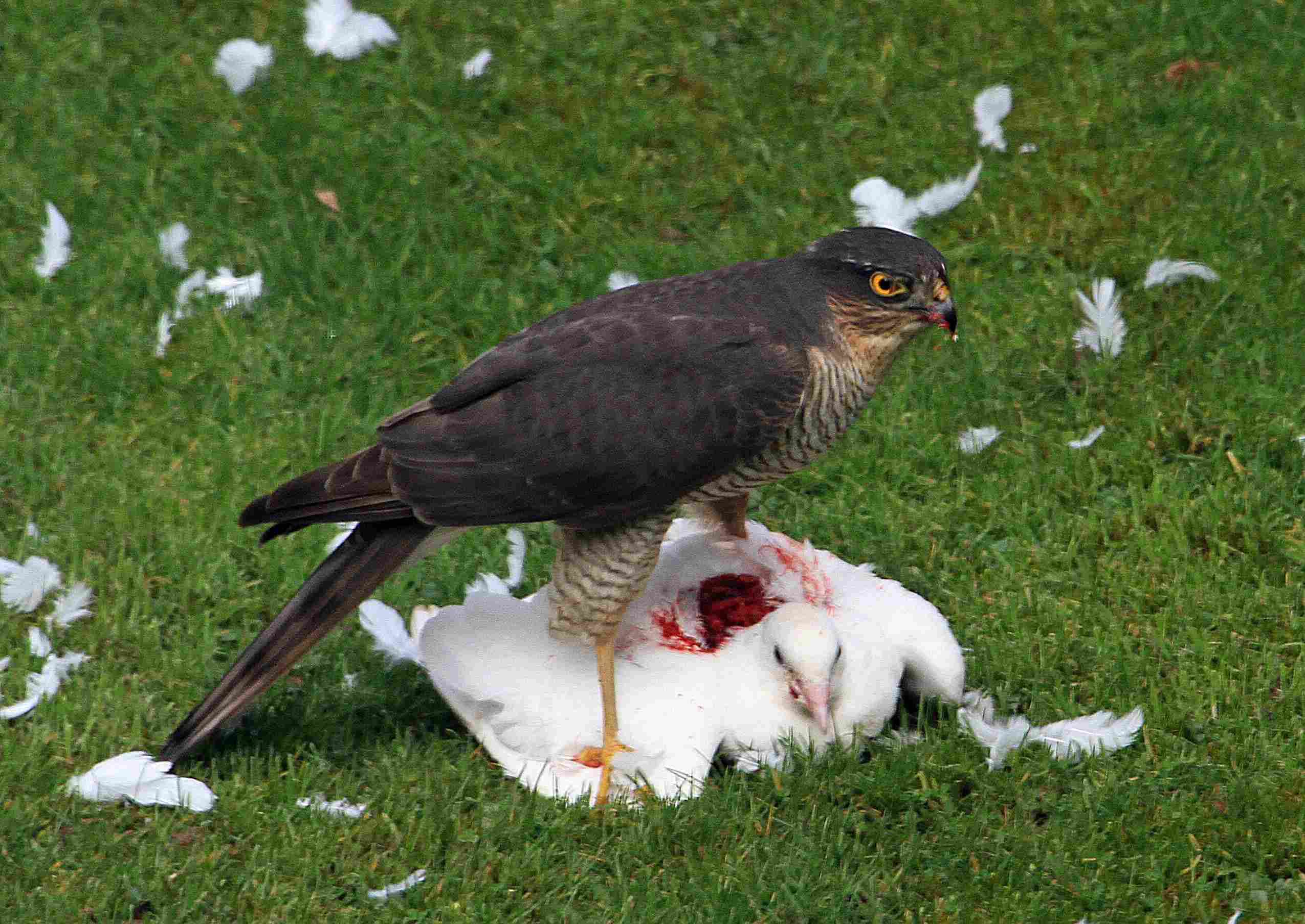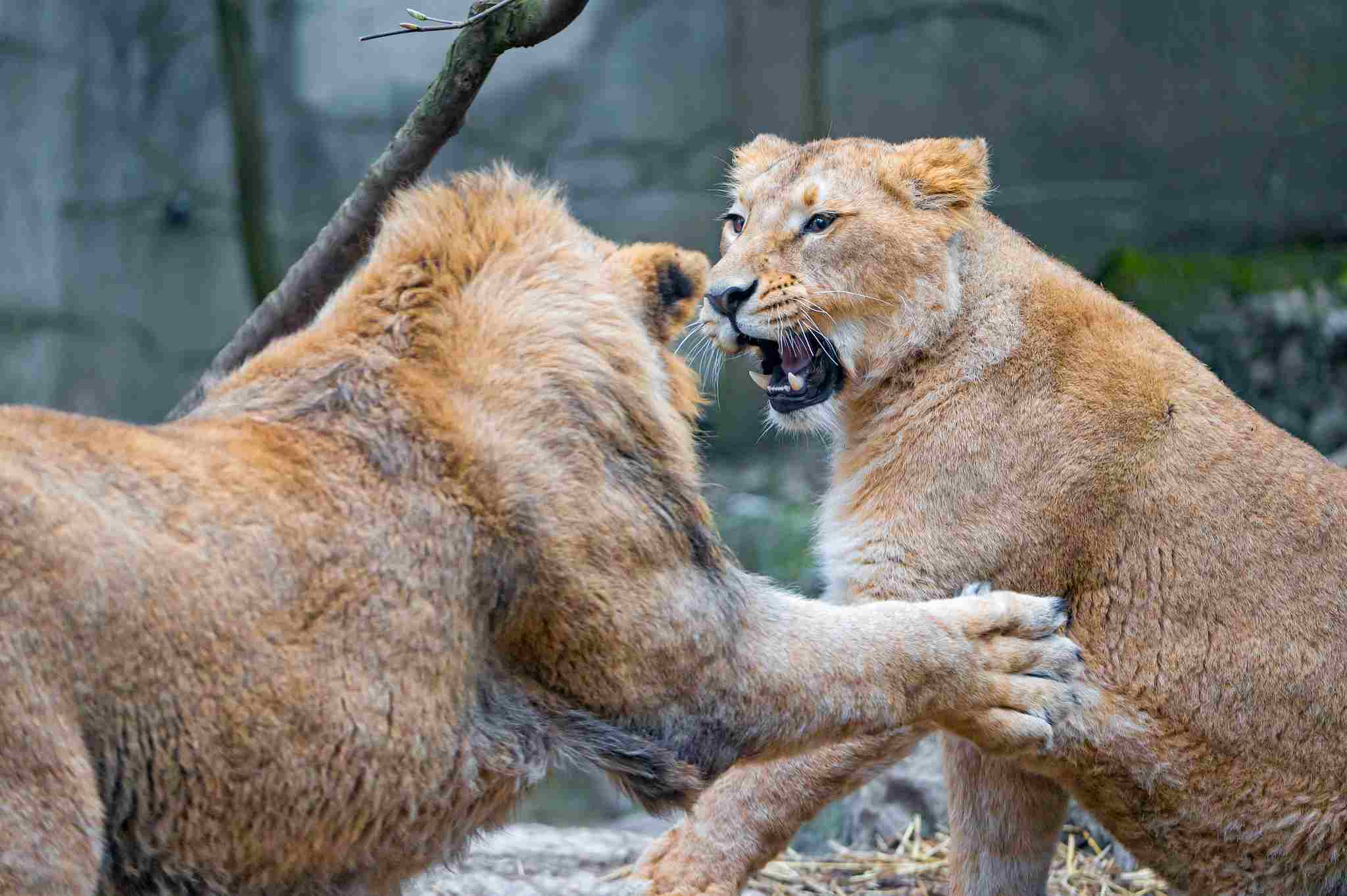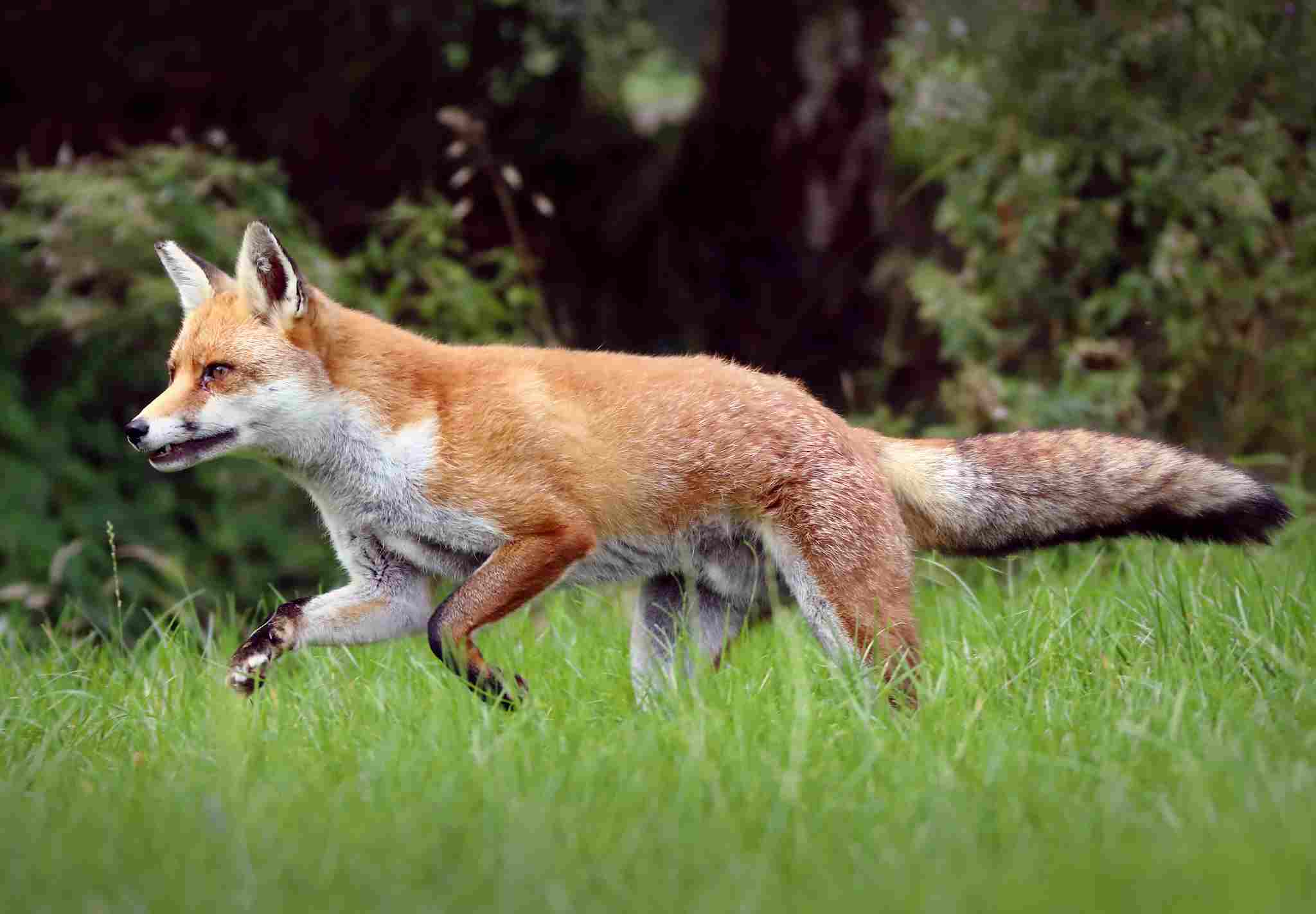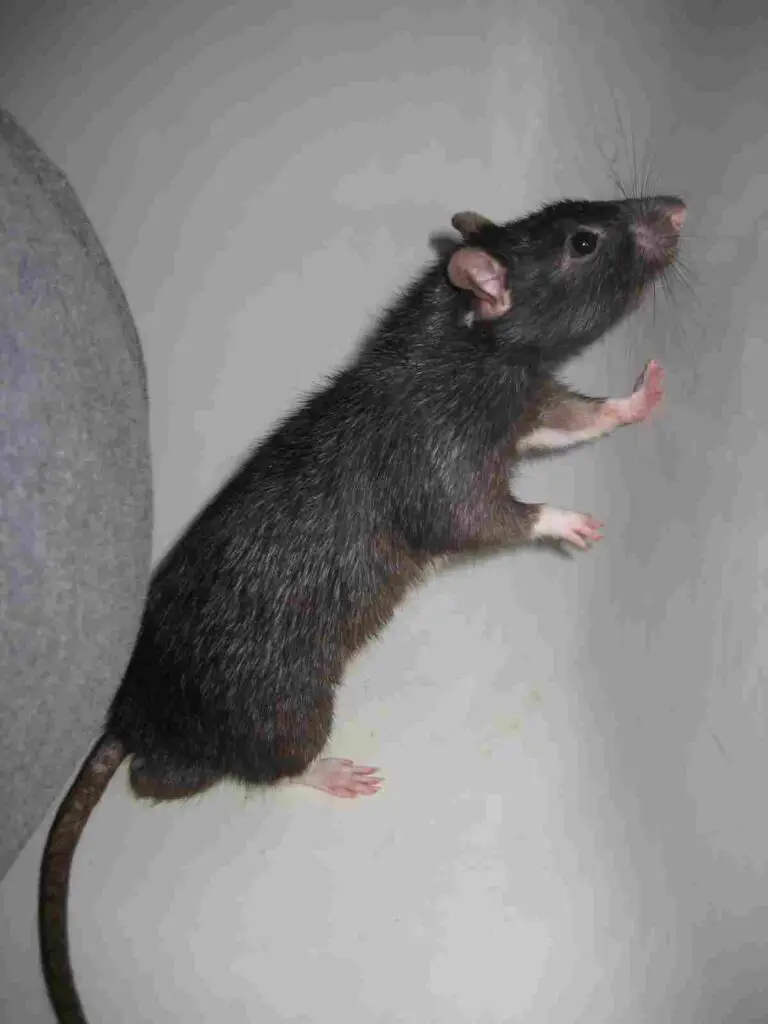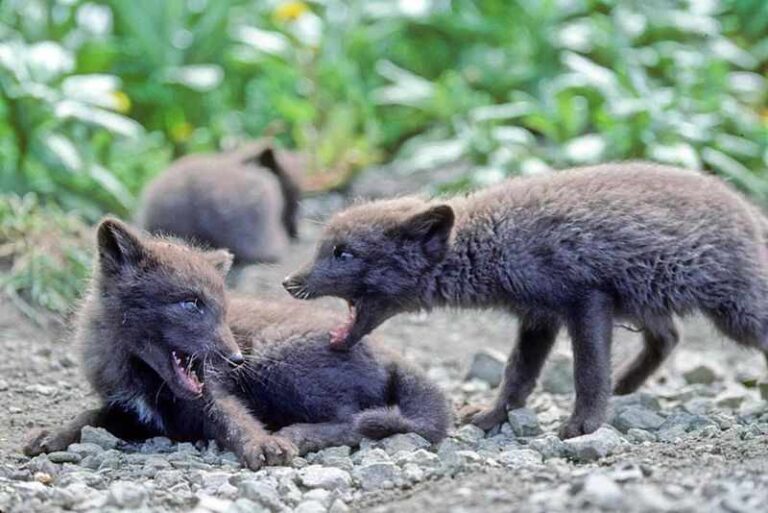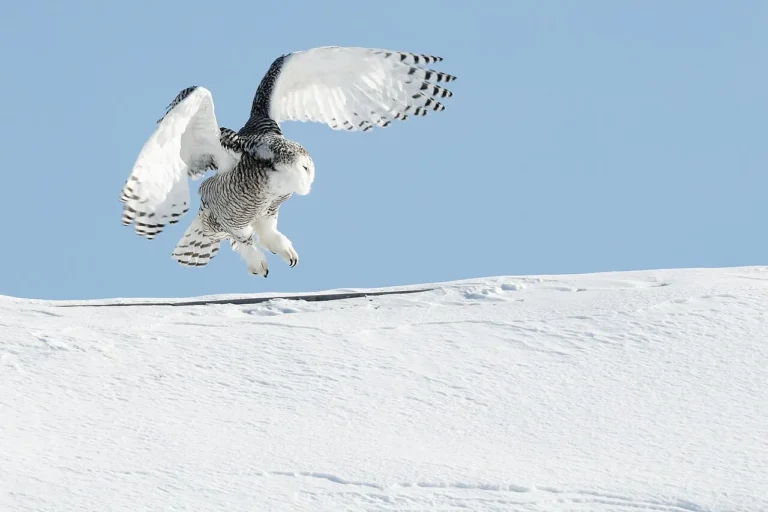27+ Consumers in the Desert and Their Characteristics
Desert ecosystems support a diverse food web with primary consumers like desert tortoises and kangaroo rats, which consume vegetation and shape plant communities. Secondary consumers such as fennec foxes and hawks prey on primary consumers, contributing to ecosystem balance. Tertiary consumers like caracals and African golden wolves feed on secondary consumers, regulating their populations, while quaternary consumers like mountain lions and spotted hyenas occupy the highest trophic level, exerting top-down control on the ecosystem by preying on tertiary consumers.
Primary Consumers in the Desert Ecosystem:
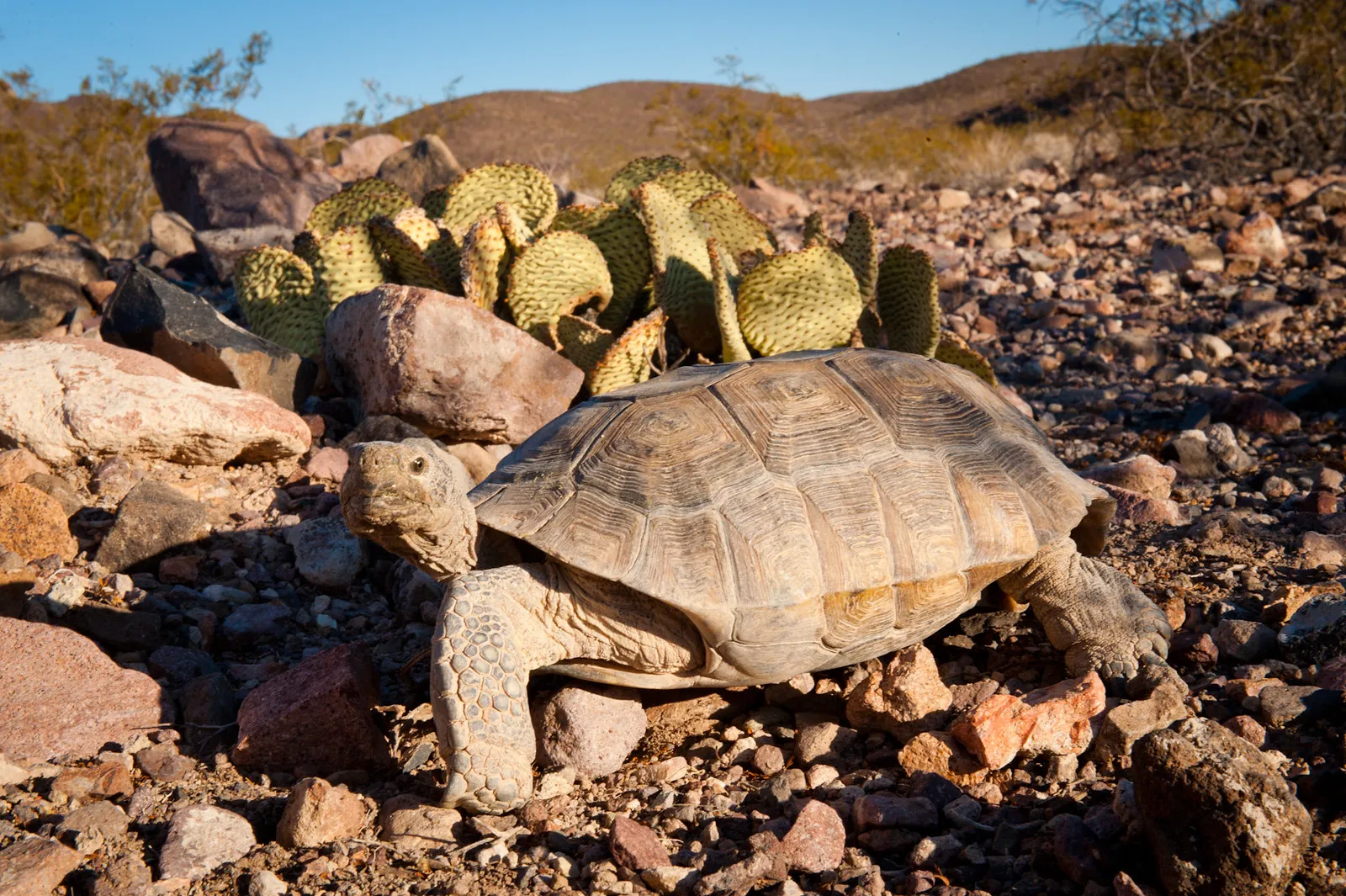
1. Desert Tortoise:
As primary consumers, desert tortoises primarily feed on low-lying vegetation such as grasses, herbs, and cacti. Their diet consists mainly of succulent plants and fruits found in their arid habitat. Their feeding behavior helps in shaping the plant community by controlling vegetation growth.
2. Kangaroo Rat:
Kangaroo rats are adept at surviving in desert conditions by consuming seeds, grains, and occasionally plant material. They obtain most of their water needs from metabolic processes, requiring little to no external water sources. Their diet influences seed dispersal and germination patterns in the desert ecosystem.
3. Desert Beetle:
Desert beetles play a vital role in the desert ecosystem as primary consumers by feeding on decaying organic matter, plant material, and occasionally other insects. Some species are herbivorous, feeding on leaves, flowers, and fruits, while others are scavengers, consuming dead plant and animal matter. Their feeding habits contribute to nutrient cycling and soil health.
4. Desert Hare:
Desert hares primarily feed on grasses, herbs, and shrubs, utilizing their keen senses and agility to forage for food in the harsh desert environment. Their diet helps in controlling vegetation growth and influences plant community dynamics in arid regions.
5. Dromedary Camel:
Dromedary camels are well-adapted to desert life and primarily consume thorny shrubs, grasses, and dry vegetation found in their habitat. Their ability to efficiently extract moisture from plants allows them to survive in water-scarce environments. As primary consumers, they help in shaping the desert landscape by influencing plant distribution and abundance.
6. Desert Gerbil:
Desert gerbils are omnivorous rodents that feed on seeds, grains, insects, and occasionally plant material. They play a crucial role in seed dispersal and soil aeration through their burrowing activities. Their diet contributes to nutrient cycling and influences plant regeneration in desert ecosystems.
7. Dorcas Gazelle:
Dorcas gazelles primarily graze on grasses, leaves, and herbs found in arid regions. Their feeding behavior influences vegetation structure and distribution, affecting the composition of plant communities in desert ecosystems. As primary consumers, they are essential for nutrient cycling and maintaining ecosystem balance.
8. Desert Locust:
Desert locusts are herbivorous insects that can cause significant damage to vegetation during swarming events. As primary consumers, they feed on a variety of plants, including grasses, shrubs, and crops, impacting plant growth and productivity in desert regions. Their population dynamics play a crucial role in regulating plant communities and ecosystem stability.
Secondary Consumers in the Desert Ecosystem:
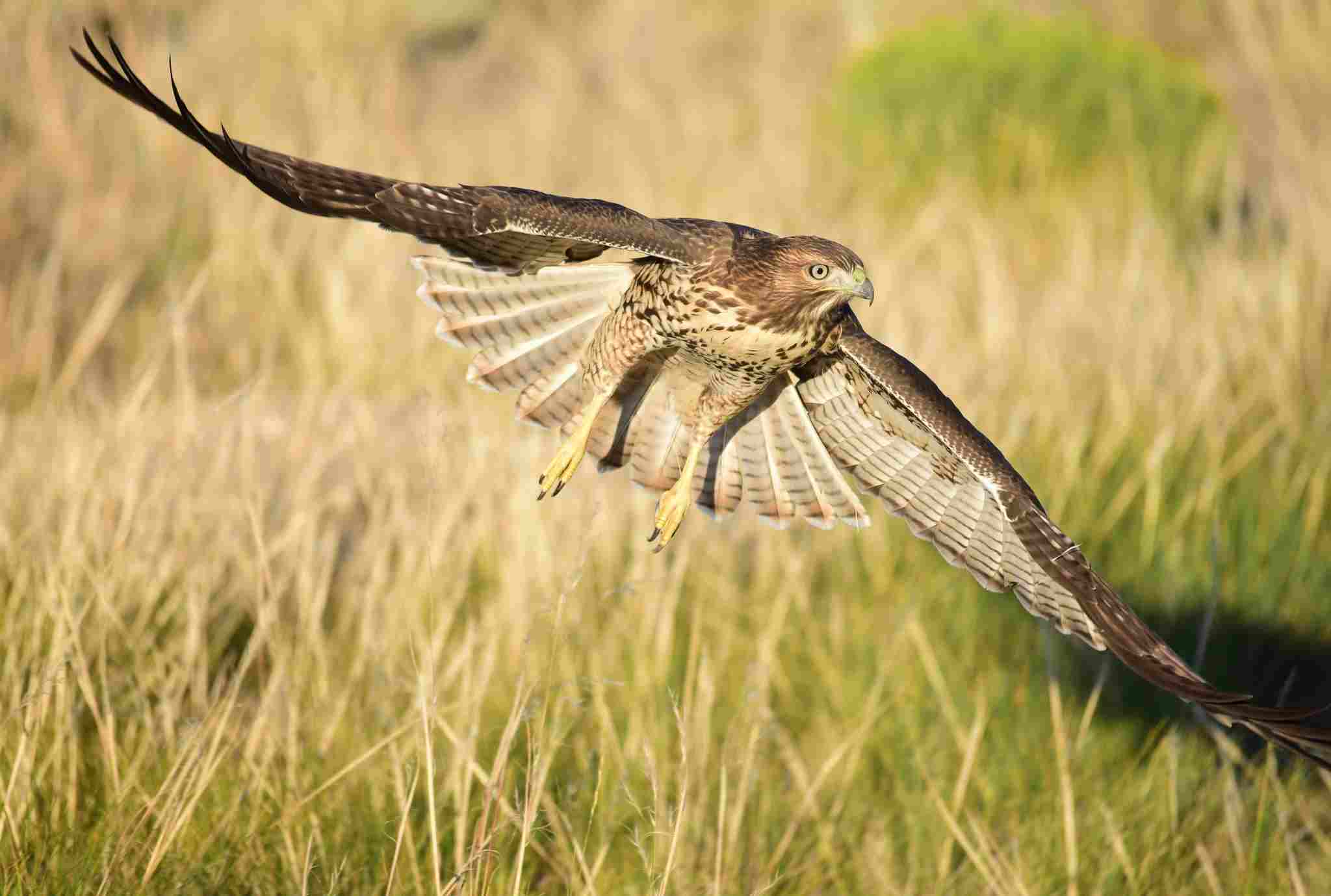
1. Fennec Fox:
Fennec foxes are opportunistic predators that primarily feed on small mammals, birds, insects, and occasionally fruits in desert habitats. Their diet includes rodents like kangaroo rats and desert gerbils, as well as insects like locusts and beetles. As secondary consumers, they help regulate prey populations and contribute to the overall balance of the ecosystem.
2. Hawk:
Hawks are apex predators in the desert food chain, preying on a variety of animals including rodents, birds, reptiles, and insects. They use their keen eyesight and powerful talons to hunt prey such as desert hares, lizards, and small birds. By controlling populations of primary consumers, hawks play a crucial role in maintaining ecosystem health and balance.
3. Desert Monitor Lizard:
Desert monitor lizards are carnivorous reptiles that feed on a diverse range of prey including insects, small mammals, birds, reptiles, and eggs. They are skilled hunters and scavengers, utilizing their sharp claws and strong jaws to capture and consume prey such as desert beetles, lizards, and small rodents. As secondary consumers, they help regulate the populations of primary consumers and contribute to nutrient cycling in desert ecosystems.
4. Coyote:
Coyotes are versatile predators that occupy various habitats, including deserts, where they hunt a wide range of prey such as rodents, rabbits, birds, and occasionally larger animals like gazelles. Their diet includes primary consumers like kangaroo rats and desert hares, as well as secondary consumers such as smaller predators. Coyotes play a crucial role in controlling prey populations and maintaining ecosystem balance in desert regions.
5. Sand Boa:
Sand boas are non-venomous constrictor snakes that primarily feed on small mammals, birds, and reptiles found in desert habitats. Their diet includes primary consumers like desert gerbils and desert hares, as well as other secondary consumers such as lizards and small snakes. By preying on various animals within the food chain, sand boas contribute to the regulation of prey populations and the overall balance of the desert ecosystem.
6. Owl:
Owls are nocturnal predators that play an essential role in desert ecosystems by hunting a variety of prey such as rodents, insects, birds, and reptiles. Their diet includes primary consumers like kangaroo rats and desert mice, as well as secondary consumers such as smaller birds and reptiles. Owls help control prey populations and contribute to the ecological balance of desert habitats.
7. Sand Fox:
Sand foxes are small carnivores that inhabit desert regions and primarily feed on small mammals, birds, insects, and reptiles. Their diet includes primary consumers like desert gerbils and desert hares, as well as secondary consumers such as lizards and small birds. Sand foxes play a crucial role in regulating prey populations and maintaining ecosystem balance in desert environments.
8. Desert Monitor Lizard:
As mentioned earlier, desert monitor lizards are versatile predators that occupy various niches within desert ecosystems, preying on a diverse range of animals including insects, small mammals, birds, and reptiles. Their feeding habits contribute to the regulation of prey populations and nutrient cycling in desert environments.
Tertiary Consumers in the Desert Ecosystem:
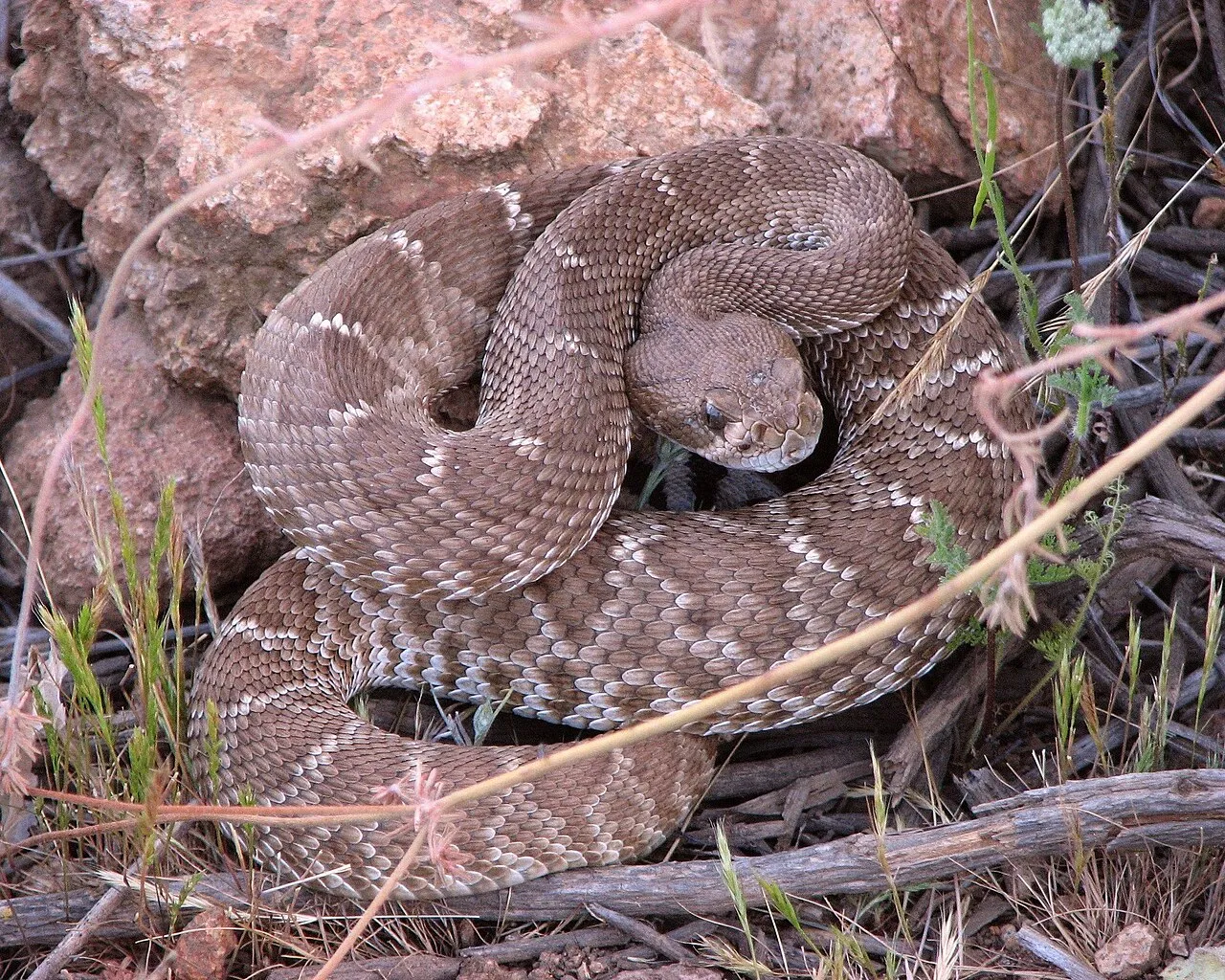
1. Caracal:
Caracals are powerful predators that inhabit desert regions and primarily feed on small to medium-sized mammals such as rodents, hares, and birds. As tertiary consumers, they prey on secondary consumers like fennec foxes, desert monitor lizards, and sand boas. Their hunting behavior helps regulate lower trophic levels and maintain ecosystem balance.
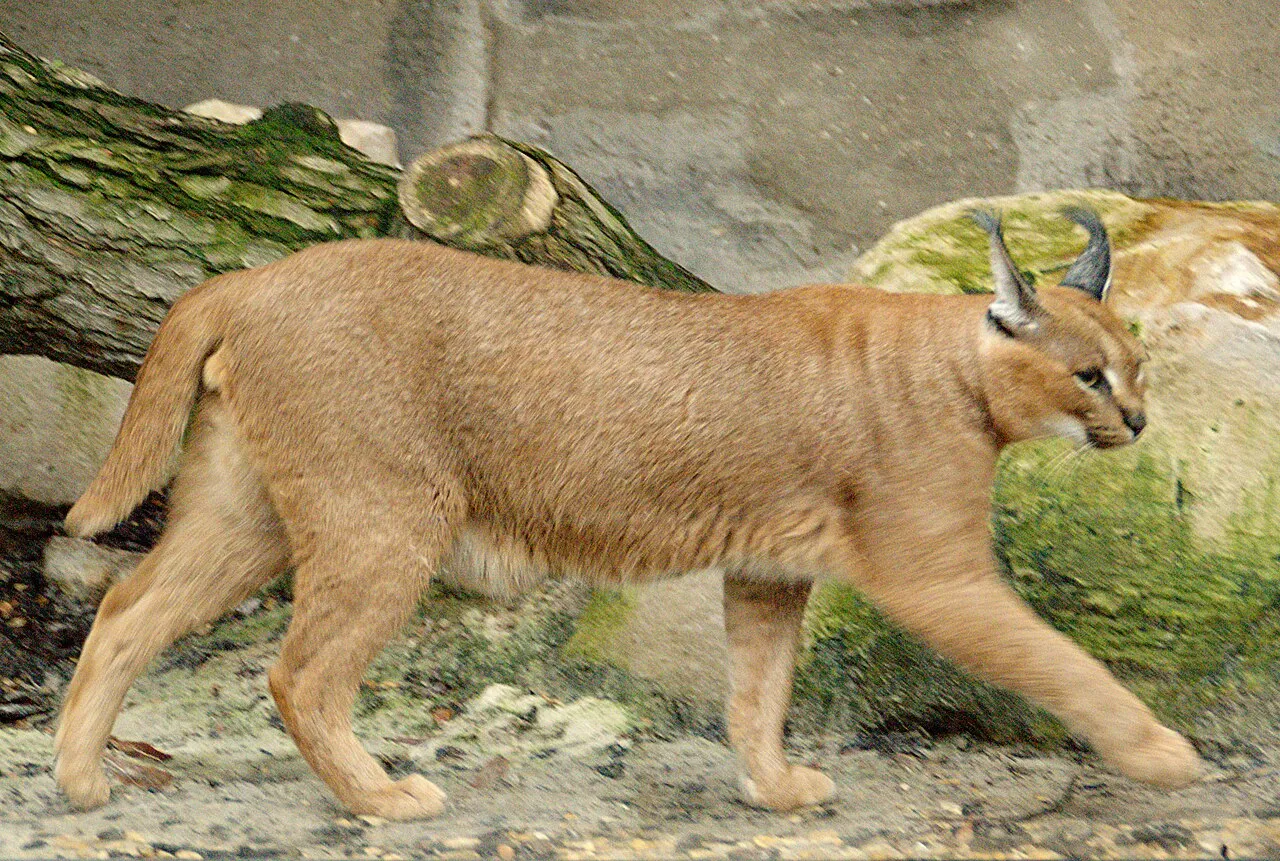
2. African Golden Wolf:
African golden wolves are apex predators in desert ecosystems, preying on a variety of animals including rodents, hares, birds, reptiles, and occasionally larger mammals. Their diet includes secondary consumers like coyotes, hawks, and sand foxes. By controlling the populations of lower trophic levels, African golden wolves play a crucial role in ecosystem dynamics and stability.
3. Rattlesnake:
Rattlesnakes are venomous snakes that play a key role as tertiary consumers in desert food webs. They primarily feed on small mammals like rodents and hares, as well as birds, lizards, and other snakes. Rattlesnakes help regulate the populations of lower trophic levels, contributing to ecosystem balance and functioning.
4. Lappet-faced Vulture:
Lappet-faced vultures are scavengers that inhabit desert regions and feed on carrion, including the carcasses of large mammals like gazelles, as well as smaller animals like rodents and birds. As tertiary consumers, they play a vital role in cleaning up the environment and recycling nutrients through their feeding habits.
5. Desert Lynx (Caracal):
The desert lynx, or caracal, is a skilled predator that preys on a variety of animals including rodents, hares, birds, and occasionally larger mammals. As a tertiary consumer, it helps regulate the populations of secondary consumers like fennec foxes, hawks, and sand foxes. The presence of desert lynx in the ecosystem contributes to overall balance and stability.
6. Golden Eagle:
Golden eagles are apex predators that inhabit desert regions and prey on a variety of animals including small mammals, birds, and reptiles. Their diet includes secondary consumers like hawks, owls, and smaller predators. Golden eagles play a crucial role in controlling prey populations and maintaining ecosystem health in desert environments.
Quaternary Consumers in the Desert Ecosystem:
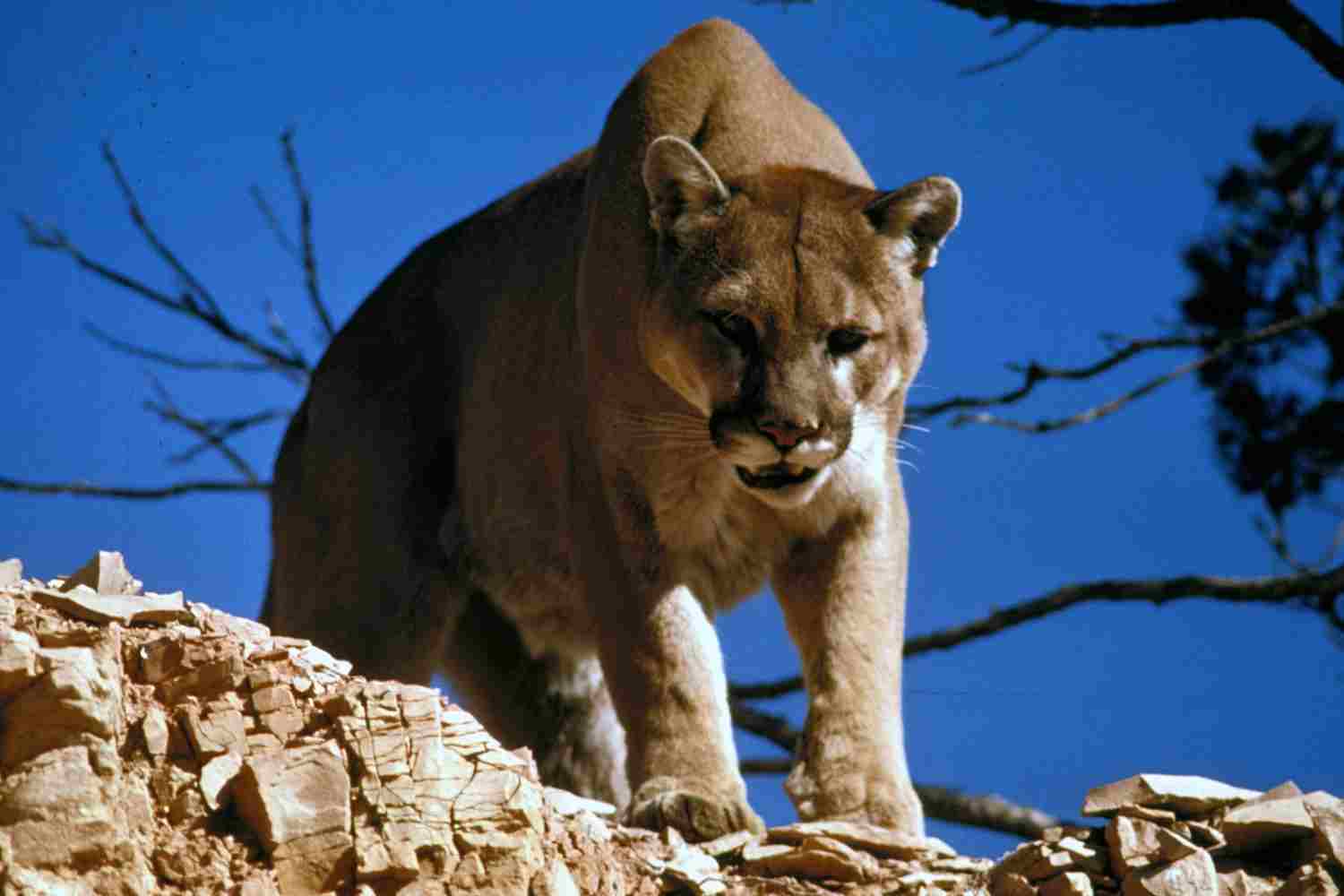
Quaternary consumers occupy the highest trophic level in the desert food chain. These predators feed on tertiary consumers, exerting top-down control on the ecosystem. In desert environments, quaternary consumers are often apex predators that play a crucial role in maintaining the balance of the ecosystem.
1. Mountain Lion (Puma):
Mountain lions, also known as pumas or cougars, are apex predators that inhabit various habitats, including deserts. In desert ecosystems, they prey on animals such as caracals, African golden wolves, rattlesnakes, and other tertiary consumers. Mountain lions help regulate the populations of lower trophic levels, contributing to ecosystem stability.
2. Spotted Hyena:
Spotted hyenas are opportunistic predators that inhabit desert regions and feed on a wide range of animals, including large mammals, birds, reptiles, and smaller predators. As quaternary consumers, they exert top-down control on the ecosystem by preying on tertiary consumers such as caracals, African golden wolves, and rattlesnakes.
3. Leopard:
Leopards are stealthy predators that inhabit desert habitats and prey on a variety of animals, including medium-sized mammals, birds, reptiles, and smaller predators. Their diet may include animals such as caracals, African golden wolves, and rattlesnakes, making them important quaternary consumers in desert food webs.
4. Gray Wolf:
Gray wolves are apex predators that inhabit desert regions and play a crucial role in regulating ecosystem dynamics. They primarily feed on a variety of animals, including medium to large-sized mammals, birds, and reptiles. As quaternary consumers, they help control the populations of lower trophic levels, including tertiary consumers like mountain lions, spotted hyenas, and leopards.
5. Cheetah:
Cheetahs are specialized predators that inhabit desert environments and primarily feed on medium-sized mammals such as gazelles, as well as birds and smaller predators. As quaternary consumers, they help regulate the populations of tertiary consumers like caracals, African golden wolves, and rattlesnakes, contributing to ecosystem balance and functioning.
6. African Wild Dog (Painted Wolf):
African wild dogs are social predators that inhabit desert regions and hunt cooperatively in packs. They primarily feed on medium-sized mammals, birds, and reptiles. As quaternary consumers, they play a crucial role in regulating the populations of lower trophic levels, including tertiary consumers like mountain lions, spotted hyenas, and leopards.
*Key Takeaways
| Trophic Level | Key Consumers | Role |
| Primary Consumers | Desert tortoise, kangaroo rat, desert beetle, desert hare, dromedary camel, desert gerbil, dorcas gazelle, desert locust |
Consume vegetation, shape plant communities
|
| Secondary Consumers | Fennec fox, hawk, desert monitor lizard, coyote, sand boa, owl, sand fox, desert monitor lizard |
Prey on primary consumers, contribute to ecosystem balance
|
| Tertiary Consumers | Caracal, African golden wolf, rattlesnake, lappet-faced vulture, desert lynx (caracal), golden eagle |
Feed on secondary consumers, help regulate populations
|
| Quaternary Consumers | Mountain lion (puma), spotted hyena, leopard, gray wolf, cheetah, African wild dog (painted wolf) |
Apex predators, prey on tertiary consumers, exert top-down control
|
